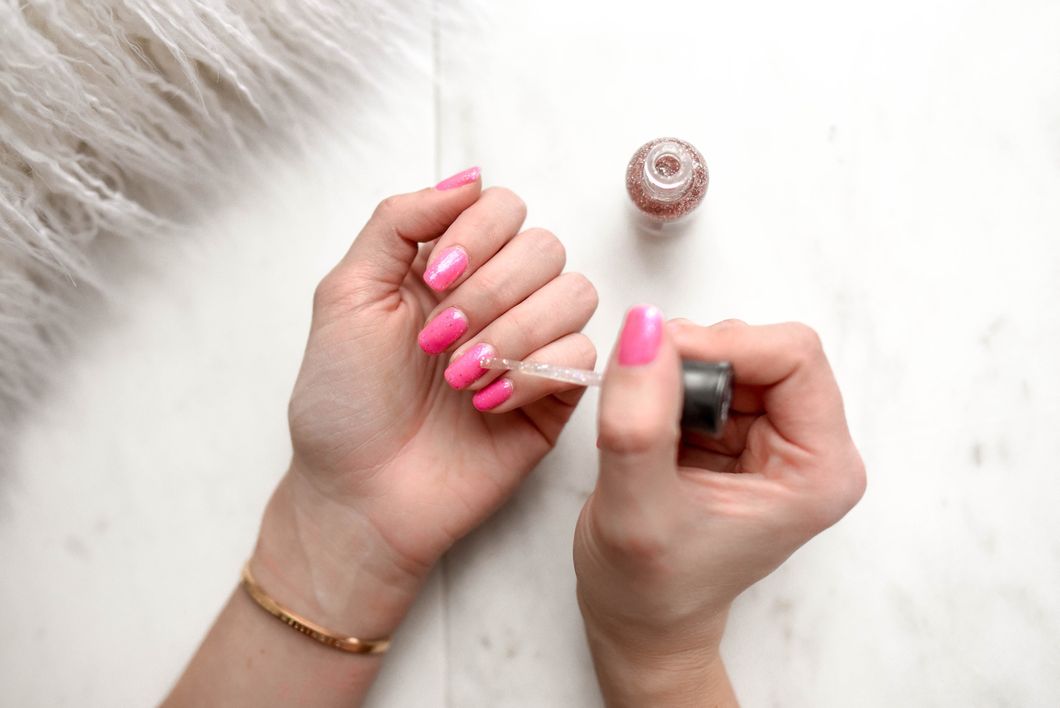Gel nails last longer and are less prone to chip. For these reasons and many more, we pay $40 for gel nails as opposed to a regular manicure for less than $20 – a two-fold difference! The finishing looks for gel nails are also different – it is durable, flexible, and shiny. What's more, there's no need to wait for it to dry. There is increasing evidence, however, that you may not only be purchasing the service. You may be paying for DNA damage and subsequent premature aging as well as possible cancer.
When we get gel nails done – whether it is our hands or our feet, we are under a UV light lamp, which emits UVA light, the one also prevalent in tanning beds and sunlight, for at least five to ten minutes. The light frequencies that these small lamps can emit may appear insignificant, and although there are no conclusive results, few studies have pointed to its danger.
In a 2009 study, "two healthy middle-aged women with no personal or family history of skin cancer developed nonmelanoma skin cancers on the dorsum of their hands." In addition, "both women report previous exposure to UV nail lights," which suggests that these UV nail lights is "a risk factor for the development of skin cancer. The lack of randomized sampling of UV light lamps, however, necessitates "further investigation."
In 2014, a study proceeded with the "further investigation into the risk of skin cancer associated with the use of UV nail lamps." In this study, the authors randomly sampled UV light lamps in "2 geographic locations to evaluate the unweighted UV-A and UV-B irradiance of a variety of nail polish drying devices." The results showed that when they compared the energy density delivered by the lamps to the "energy density shown to cause DNA damage in UV-A-irradiated keratinocytes," which are cells found in the outermost layer of the skin that produces keratin, "longer exposure times led to increased potential for cutaneous damage." The study concluded that "the risk for carcinogenesis remains small," though "risk from multiple manicure visits remains untested." They suggest using gloves or sunscreen for protection at nail salons. The same sentiment is shared by Dr. Chris Adigun, M.D., who is a clinical assistant professor of dermatology at New York University School of Medicine. She suggests to "buy sun-protective gloves with the fingers cut off" and "between polishes, moisturize [your nails] with lotion" for rehydration.
That's definitely something to think about or at least be aware of when I visit a nail salon next.

















